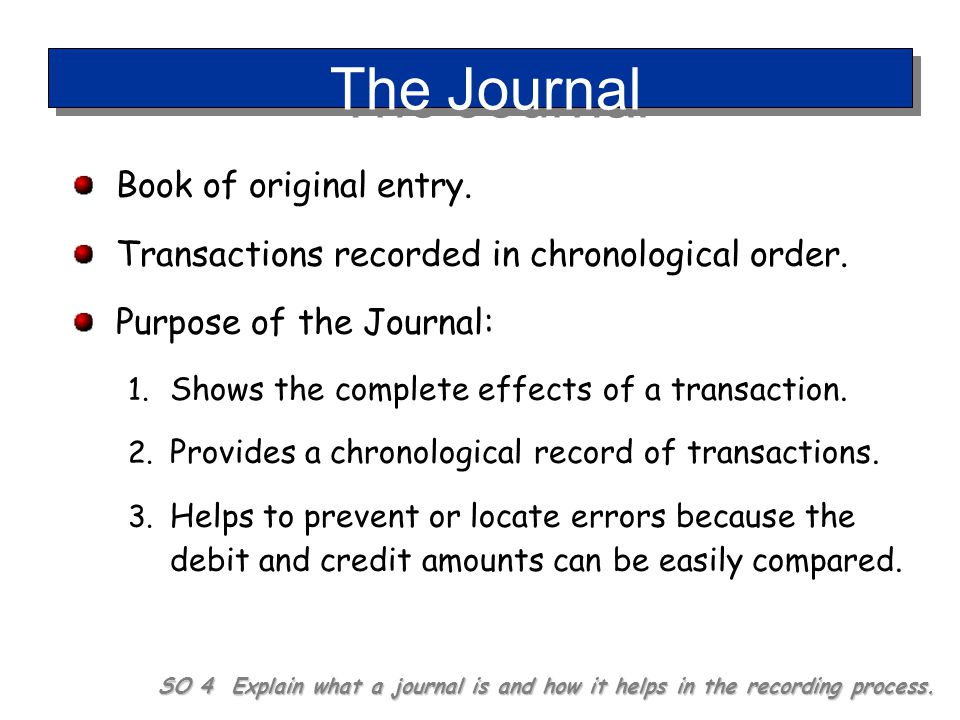Content

Firstly, distributors will often return any unsold goods to the company, incurring a carrying cost and also developing a backlog of product inventory. This is one of the key elements that tell the company how long they can keep their stock before they begin losing the sum of money over unusable or unsalable inventory items.
Then, more than 50% indicated that they use this metric to make inventory management decisions. To calculate inventory carrying cost, divide your inventory holding sum by the total value of inventory, and multiply by 100 to get a percentage of total inventory value. In fact, Gartner predicts that, “by 2024, Tier 1 retailers in North America and Europe will reduce inventory carrying costs by 30%”. As the company explains, this could dramatically improve cash flow for digital investments and the state of balance sheets.
Smart Ways to Bring Down Your Business Carrying Costs
Inventory carrying cost is the expense of keeping items in stock before you use them to fulfill orders and turn into liquid capital. This cost is typically expressed as a percentage of the total value of inventory. Although the coronavirus pandemic has laid bare the risks of a just-in-time inventory strategy, companies still often hold too much stock or the wrong products. In-transit inventory refers to products a company has purchased but not yet received. Depending on where a supplier is located and the type of product, lead times can be several months, so inventory could be in transit for a long time. Businesses need to account for these goods in transit as they plan future purchasing—yet they can be easy to overlook because they’re not yet in the warehouse. This is especially true if you don’t use an inventory management system that shows the status of all purchase orders.
Add these four inventory cost components to get the inventory holding sum. For investors, carrying costs refers to margin account charges with a broker. These are essentially interest charges on loans to purchase investment bonds or stock shares. Tax authorities sometimes allow investors to claim these carrying charges as income deductions. This metric—inventory carrying cost—combined with other key retail analytics, is key to understanding, improving, and growing your small retail business. Besides, an e-commerce business can customize the inventory management software based on the number of SKUs a business can handle. Thus, a business can keep a track of each SKU and determine the performance of each of the SKUs.
Flawed Inventory Management/Order Fulfillment Processes
This is not feasible as this would mean the cessation of business altogether. An increase in inventory holding costs is an indication that if such costs are overlooked, it may certainly lead to reduced profits and increased losses. Calculation of inventory holding costs helps a business to know whether the level of inventory that it is holding is optimal or not. The total annual inventory carrying cost is apportioned among each SKU of the product by dividing the Annual Inventory Holding Cost by the total value of annual inventory. In this article, we are going to discuss what is inventory carrying cost, the types of carrying costs, and how to calculate inventory carrying cost for an e-commerce business. BlueCart Coffee’s total inventory carrying cost over the year was 21% of their total inventory cost.
https://personal-accounting.org/ cost is always expressed as a percentage of the total value of the inventory being held. For example, if a company reports that its capital cost is 30% of its total inventory costs, and the total inventory is worth $8,000, then the company’s capital cost is $2,400. Total carrying costs are often shown as a percentage of a business’ total inventory in a particular time period. The figure is used by businesses to determine how much income can be earned based on current inventory levels.
What is the Carrying Costs of Inventory?
This kind of inventory would save company a lot transportation cost and help the transition process become less time-consuming. For example, if the company request a particular raw material from overseas market. Purchase in bulk will save them a lot transportation cost from overseas shipment fees. Moreover, the carrying cost will mostly appear as a percentage number. It provides an idea of how long the inventory could be held before the company makes a loss, which also tells the manager how much to order.

Alternatively, you can download our free inventory management workbook if you just need a simple solution. Agatha Aviso is a writer of the Reviews Section at Fit Small Business, focusing on order fulfillment and eCommerce platforms. Agatha has a decade’s worth of experience writing online content for small businesses and marketing industries. If this is the case, then a business must make an effort to optimize inventory.
Explore the definition, methods, and types of inventory cost, and learn about ordering, carrying, shortage costs, and the acronym COGS. Pushing the ownership of inventory backwards to the supplier reduces inventory carrying costs for the customer. Carrying costs are a critical part of an ecommerce business’s expenses. Inventory accounting, or the process of accounting for changes in the value of inventory over time relies on properly tracking carrying costs.
- Besides, today’s inventory management systems make tracking inventory costs much simpler.
- For an e-commerce business, the transportation costs cover the inbound and outbound shipping costs, including the transportation service provider costs.
- In the event that your property is in an area governed by HOA or homeowners association, you will be supposed to pay HOA charges.
- Another prime example of a shortage cost is having to pay a higher wholesale cost on an item to quickly replenish inventory.
- These costs are likewise here and there understood as carrying costs of inventory.
- With an accurate understanding of how much it is costing your business to hold inventory items, you can answer these questions and make any necessary adjustments.
Like everything else in Inventory Carrying Cost Definition, there is always more to learn about the inventory carrying cost definition and relation to the wider inventory management world. Our answers to these frequently asked questions will help you along as you continue to learn. High carrying costs could mean cost savings, on-time supplies, and increased customer satisfaction, especially for retail businesses like supermarkets and stores. Finished goods are all the packed items that are ready to hit the market. You should think of them as short-term assets to be liquidated as soon as possible. The more time unsold products spend in your warehouse, the higher your inventory costs. If you use 3PL logistics providers, you can review your warehouse layout or how you store products of different shapes and sizes to reduce storage costs.
Employees must be able to spot trends in the numbers and interpret the impact. Leaders must also account for how industry trends or broader economic shifts could affect demand for its items. For a quick, rough estimate of carrying costs, divide your total annual inventory value by four. This expense often totals about one quarter of the inventory’s total value. For a more precise calculation, add up your carrying costs and divide that number by the total inventory value. To minimize your business’s inventory on hand, you should take a look at your inventory items and evaluate each SKU to forecast its sales potential.
- That background knowledge will help you as you move further into the world of inventory costs, and the importance of a solid understanding of inventory processes for any business.
- Net realizable value is the value of an asset that can be realized upon its sale, minus a reasonable estimation of the costs involved in selling it.
- For a larger business with many products, that may require the services of an entire group within the purchasing department.
- As a result, one may think that optimizing inventory may not lead to actual cash savings.
- Our answers to these frequently asked questions will help you along as you continue to learn.